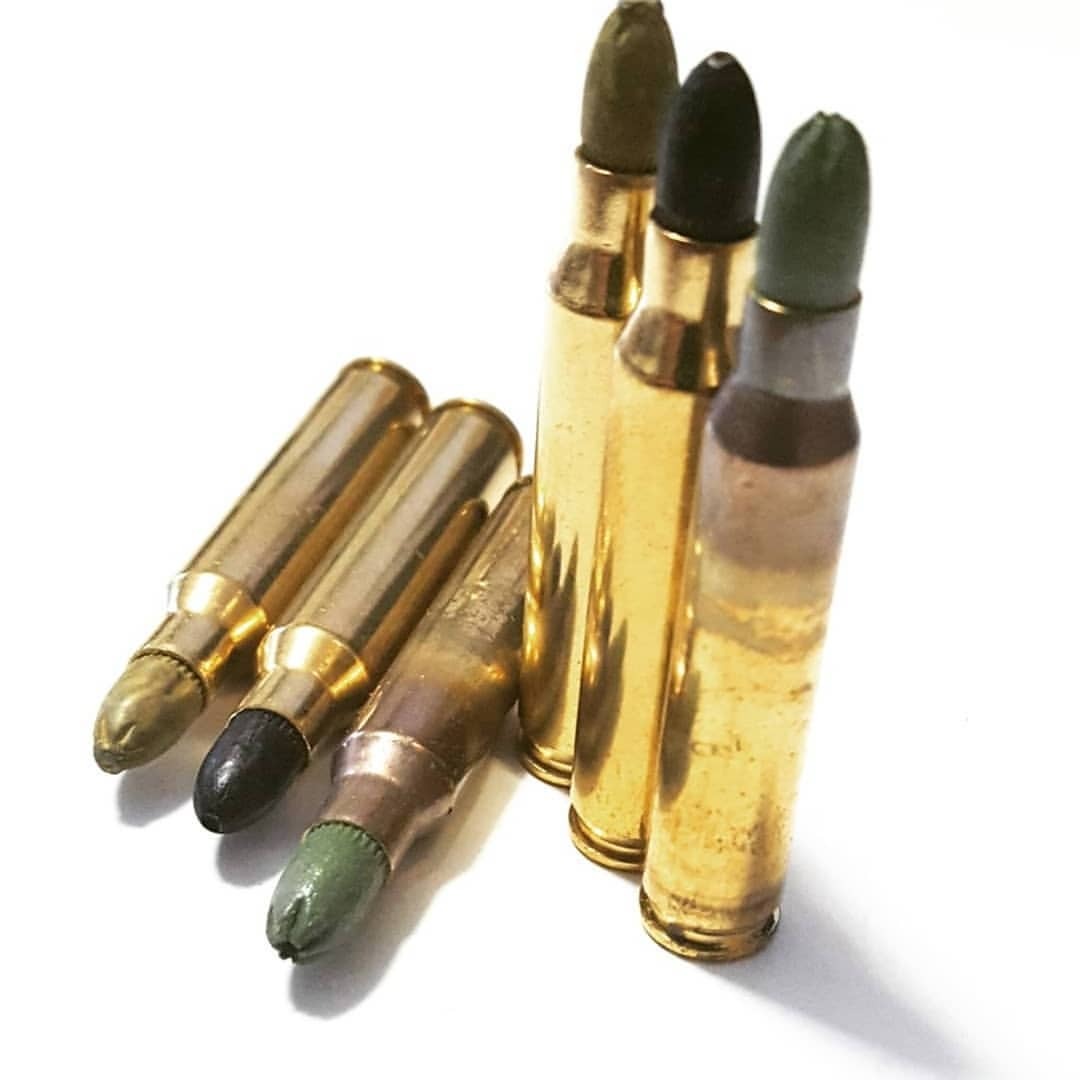
XD(m) 3.8 Sound Levels (Suppressed using Ti-RANT 9) Unfortunately, the grouping wasn't that great but, I just didn't have enough ammo to see if it was the load, or the fact that I hadn't warmed up yet. I fired a single 10-round group from an unsupported, standing position 15 yards. As usual I was amazed at just how loud an unsuppressed weapon really is - even when shooting subsonic ammo.Īfter the sound level meter & chronograph, I only had 10 rounds left to test for accuracy in this pistol - and it just wasn't enough to get a good idea of how this load will do.

On the M&P 9, this load was easily in the subsonic range - yet it is still above the threshold for making Minor at IDPA & IPSC matches. Having said all that, here are the results: An AAC Ti-RANT 9 suppressor was also used with a sound level meter to get some suppressed results. The initial testing was done with a 5" M&P and an XD(m) 3.8 with a Storm Lake threaded barrel. 223 caliber bolt-action rifle firing low-velocity (subsonic) ammunition using a GEMTECH G5-5.56 suppressor.Ĭompared to the high-velocity (supersonic) unsuppressed condition, the combination of subsonic low-velocity ammunition and a firearm suppressor provided a reductions of 45, 38, 40, and 48 dB, peak sound pressure level at the muzzle, left, right ears and behind the shooter, respectively.I got a chance to take those initial 9mm rounds out to the range and I have to admit that it was a lot of fun! I only had 50 rounds but, it was one of those times where I left with a smile on my face. The peak sound pressure levels of a Remington 700. 223 caliber bolt-action rifle firing high-velocity (supersonic) ammunition using a GEMTECH G5-5.56 suppressor. Specific reductions depend on the ammunition and suppressor. Main article: Suppressor § Subsonic ammunition and reduced sonic signatureĬombined with firearm sound suppressors, subsonic ammunition may significantly reduce sound levels compared to normal ammunition. These are designed from the start as dedicated subsonic projectile systems. 45 ACP ammunition load, of a 230 grain bullet at 850 feet per second, is naturally subsonic.Īlternatively, specialized firearms and ammunition may be used to optimize total subsonic ammunition effectiveness. For example, the traditional American military standard. Some ammunition types were inherently designed with heavier, slower standard bullet weights and velocities. Subsonic ammunition with normal bullet weights often fails to properly function in such firearms. Subsonic loads for 9mm commonly use 9.5 grams (147 gr) bullets at velocities of 300 metres per second (980 ft/s).įor these ammunition loads, balancing bullet weight and velocity are required to ensure that the ammunition will still reliably cycle semi-automatic firearms. In this instance, heavier bullets are loaded in standard ammunition, which reduces muzzle velocity below the speed of sound.Īs an example, the very common 9×19mm Parabellum standard military round is a 7.5 grams (116 gr) bullet at velocities typically around 360 metres per second (1,200 ft/s).


Standard calibers Subsonic versions of standard rounds


 0 kommentar(er)
0 kommentar(er)
